
In life and in sports, there are moments that test us to our core. Moments where we question whether we have what it takes to push through the exhaustion, the doubt, and the setbacks. It’s in those moments when we need something more than just effort—we need mental grit, relentless confidence, and a winning attitude. That’s where the Hoo-AH! Mindset comes in.
More than just a word, Hoo-AH! is a battle cry born from the elite training of the U.S. Army Rangers. It represents a mentality of readiness, strength, and collective unity that has fueled some of the world’s most highly trained and disciplined soldiers. Now, this powerful mindset can inspire your approach to life, competition, and personal challenges.
But what does Hoo-AH! really mean, where does it come from, and how can you apply it to your life to level up your performance? Let’s dive in.
The Origins of Hoo-AH!
The term Hoo-AH! is a staple of the U.S. Army and, more specifically, the Army Rangers—elite soldiers who are known for their unmatched discipline, endurance, and tactical prowess. It’s believed that Hoo-AH! originated as a form of acknowledgment, a way for Rangers to say “I Hear you, I Understand, and I Acknowledge the order (I’m ready).” Over time, it evolved into something much more powerful—a rallying cry that soldiers use to affirm their resilience and their readiness to take on any challenge.
Whether they’re being asked if they’re tired, if they’re ready to face a mission, or if they’ve accomplished something monumental, the response is always the same: Hoo-AH! It’s a word that signals not only physical toughness but a mental toughness that is unshakable. It’s a commitment to never back down, no matter how hard the situation gets.
Imagine how powerful it would be if we could apply this mindset to our own lives—whether on the court, in the office, or facing personal adversity.
What Hoo-AH! Means
At its core, Hoo-AH! is about more than just saying a word; it’s about adopting a mentality that embraces challenges, embodies discipline, and fosters an unstoppable drive toward success. Here’s what the Hoo-AH! mindset really stands for:
Readiness: When you live by the Hoo-AH! mindset, you are always ready. Ready for the game, ready for the challenge, ready to push your limits. It’s about staying mentally prepared to give your best effort at all times, even when you’re tired, and even when doubt creeps in.
Mental Resilience: Hoo-AH! is the verbal embodiment of mental resilience. It’s a way of telling the world, “I’m still here. I’m not giving up.” In sports, and in life, this means you face adversity head-on, knowing that your strength comes from your refusal to quit.
Confidence Under Pressure: The Hoo-AH! mindset means that when things get tough, you get tougher. It’s about finding that inner belief when everyone else is doubting you, when the game is on the line, or when you’re on the verge of breaking down. You respond with Hoo-AH!, signaling that you are not just surviving but thriving under pressure.
Team Unity and Support: Hoo-AH! is often a collective cry, a shout that unites a group of people around a common goal. In sports, it’s the team’s shared belief that they can overcome any obstacle when they work together. It’s about having each other’s backs and knowing that your effort contributes to something bigger than yourself.
What the Hoo-AH! Mindset Does
When you adopt the Hoo-AH! mindset, it transforms how you approach every aspect of your life. Here’s how:
It Builds Unstoppable Momentum: When you live by Hoo-AH!, you develop momentum that propels you forward. Whether you’re an athlete pushing through a tough training session or someone striving for personal growth, the more you embrace Hoo-AH!, the more you push yourself beyond your perceived limits.
It Cultivates Mental Toughness: The Hoo-AH! mindset fosters an internal toughness that keeps you standing tall even when you’re faced with adversity. You become the person who looks at challenges not with fear, but with anticipation and readiness. This mental toughness becomes your secret weapon in overcoming obstacles.
It Elevates Your Team: Just like the Army Rangers who use Hoo-AH! to rally each other in the toughest of missions, you can use this mindset to elevate those around you. Whether in sports, business, or life, your commitment to never give up will inspire your team, your coworkers, and your community to do the same.
It Develops Consistency: One of the greatest challenges in any pursuit—whether athletic, academic, or professional—is staying consistent. The Hoo-AH! mindset pushes you to show up every day, even when you don’t feel like it, even when the odds are stacked against you. It becomes your daily mantra for perseverance.
How to Add Hoo-AH! to Your Life
Ready to add the Hoo-AH! mindset to your life? Here’s how you can start making it part of your personal and competitive journey:
- Set a Challenge
Start by setting a challenge that will push you outside your comfort zone. Whether it’s running an extra mile, completing an advanced drill, or pushing yourself in the weight room, give yourself a goal that feels difficult. When you complete it, shout Hoo-AH!—celebrate the victory, no matter how small. - Use It as a Rallying Cry
Whenever you’re faced with a tough situation, mentally or physically, use Hoo-AH! as your battle cry. Tell yourself you’re ready. If you’re working with a team, get them to join you in saying it. Make it a point of uniting everyone around the idea that you can accomplish more together than you can alone. - Push Through Fatigue
When you feel tired, don’t give in. Let Hoo-AH! be your answer to fatigue. The next time you feel exhausted during a workout, practice, or long workday, ask yourself if you’re tired. Then respond with a loud Hoo-AH! and keep pushing. You’ll be surprised at how much further you can go. - Celebrate Effort, Not Just Wins
Hoo-AH! is about celebrating your effort, not just the final score. Anytime you put in the work, especially when it feels difficult, you’ve earned the right to say Hoo-AH!. This mindset shifts your focus from outcomes to the process, making you stronger in the long run. - Make It Part of Your Daily Routine
Start each day with a Hoo-AH! mindset. When you wake up, remind yourself that you are ready for whatever the day brings. When you go to practice, walk into the gym with the knowledge that you’ll give it your all. The more you embed this attitude into your daily life, the more it becomes second nature.
The Hoo-AH! mindset is more than just a word—it’s a way of life. It’s about readiness, resilience, and unshakeable confidence. It’s taking responsibility for what you are going to do to improve your situation. It’s about uniting your team around a common goal and using your mental and physical toughness to push through any obstacle.
So the next time you’re asked if you’re ready for the challenge, or if you’re tired, or if you’ve got what it takes, respond with the only answer that matters: Hoo-AH!
Please leave a comment below. I’d love to hear how you have applied the Hoo-AH! Mindset in your own life or even stories of how Hoo-AH! has helped others succeed.


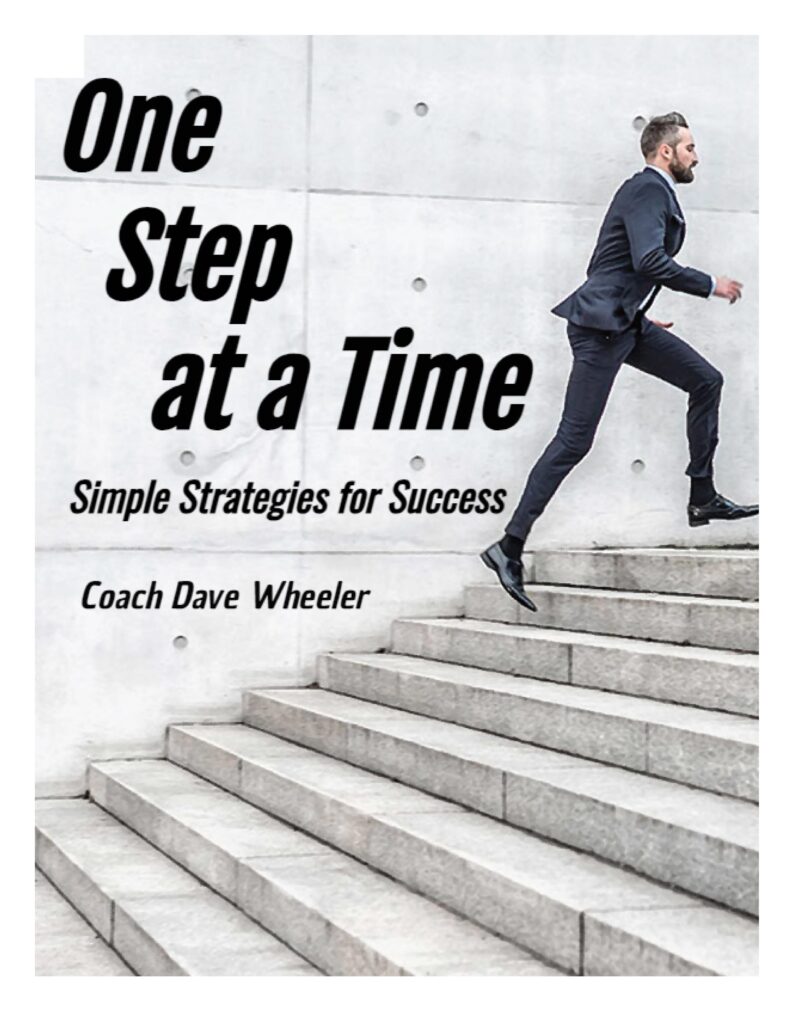

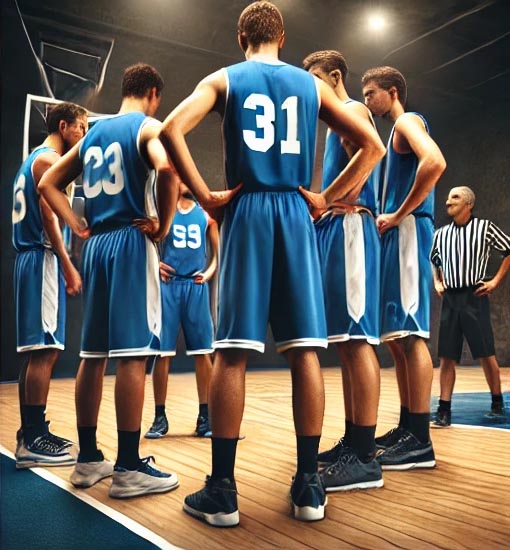
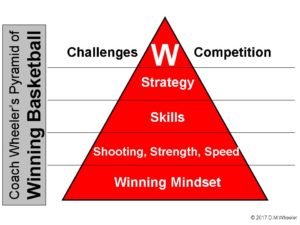

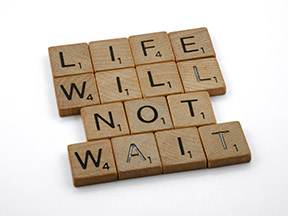
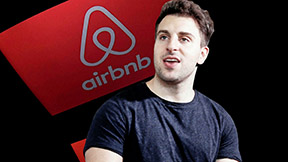
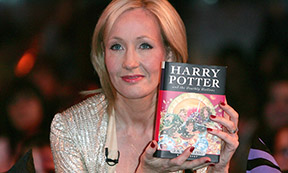

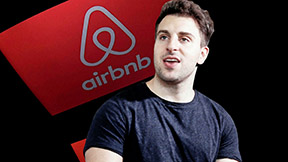
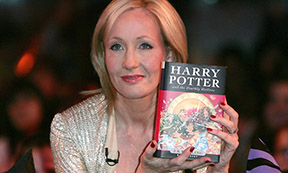
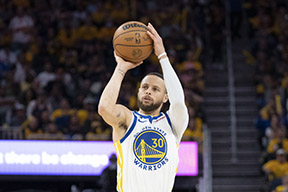
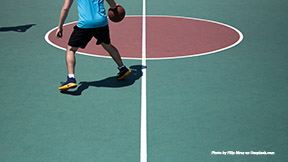



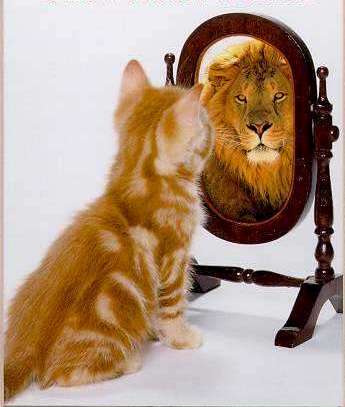

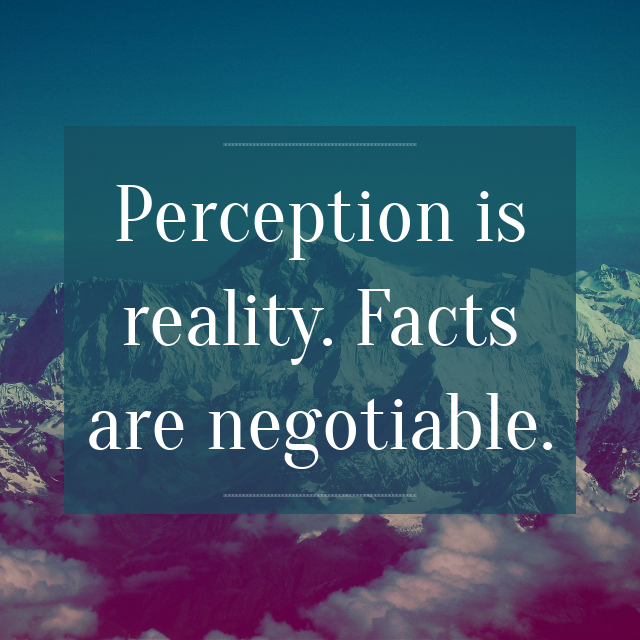
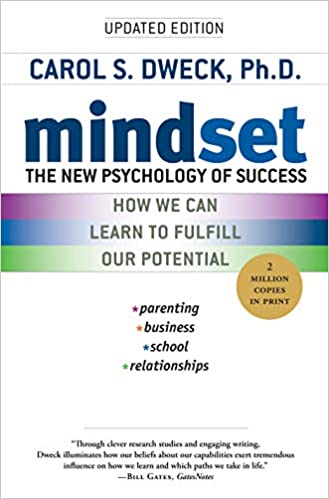
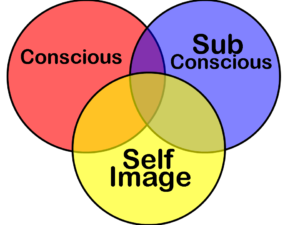 There are three parts to our mental processes. They are the conscious, subconscious and the often overlooked self-image. The conscious is where we “think our thoughts”. The subconscious is where our skills are embedded (and much of our programming such as our values and beliefs are stored). The Self Image, according to Lanny Bassham, is often missed or overlooked.
There are three parts to our mental processes. They are the conscious, subconscious and the often overlooked self-image. The conscious is where we “think our thoughts”. The subconscious is where our skills are embedded (and much of our programming such as our values and beliefs are stored). The Self Image, according to Lanny Bassham, is often missed or overlooked.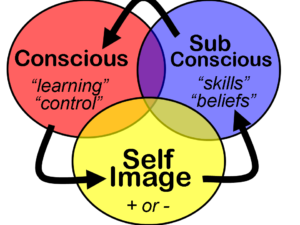
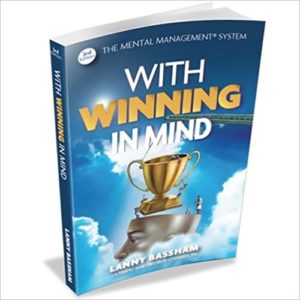 What he found out was what he turned into his Mental Management system and used to win the gold medal in the next Olympic games.
What he found out was what he turned into his Mental Management system and used to win the gold medal in the next Olympic games.